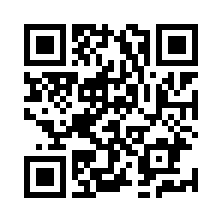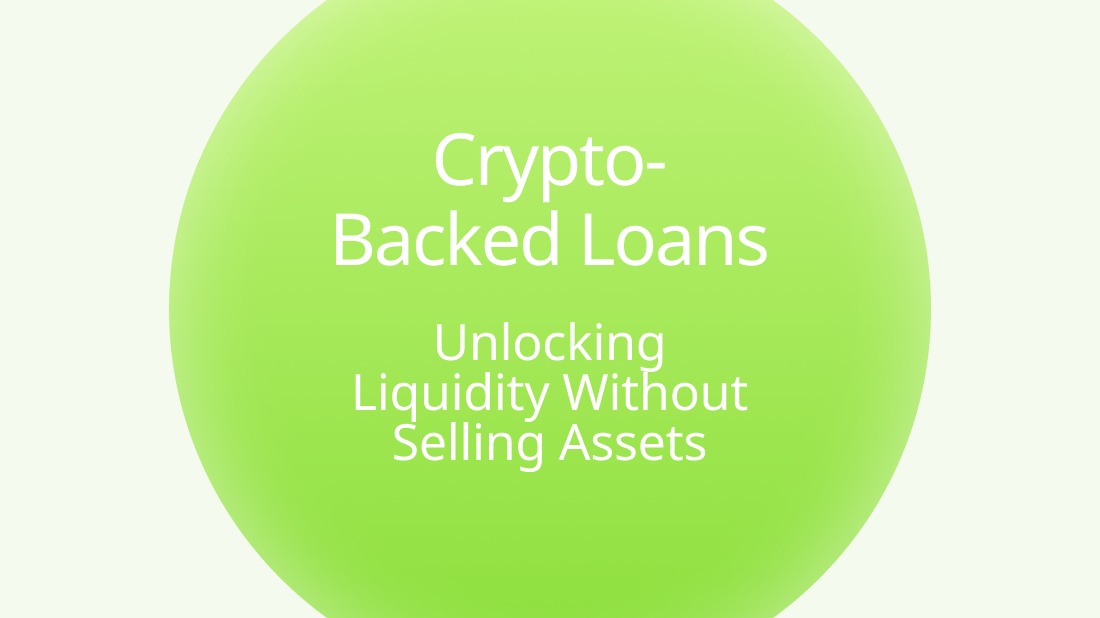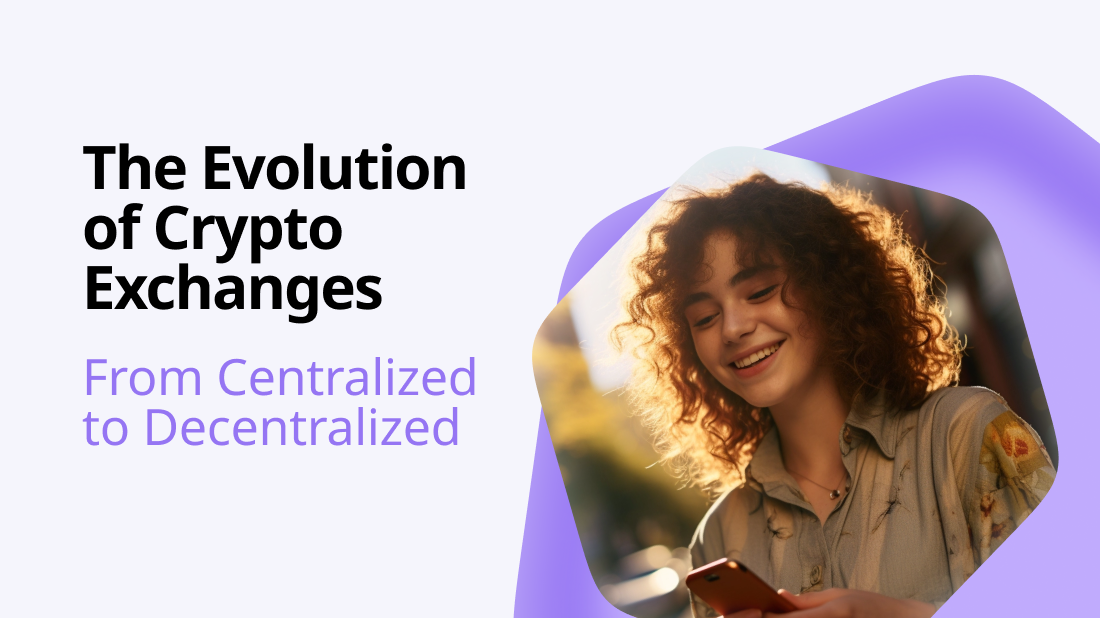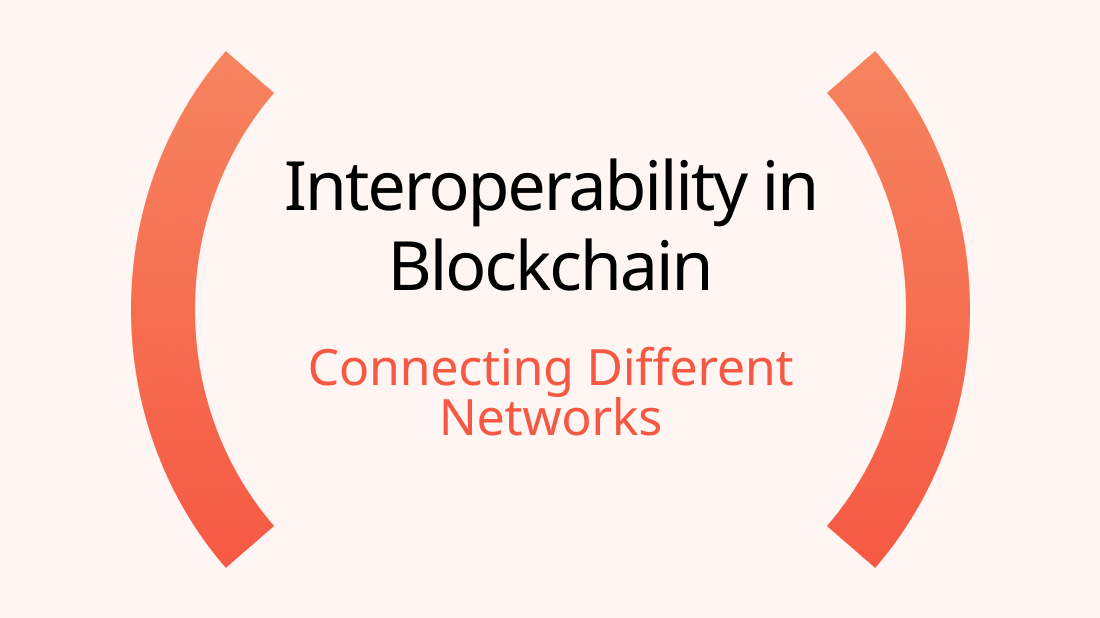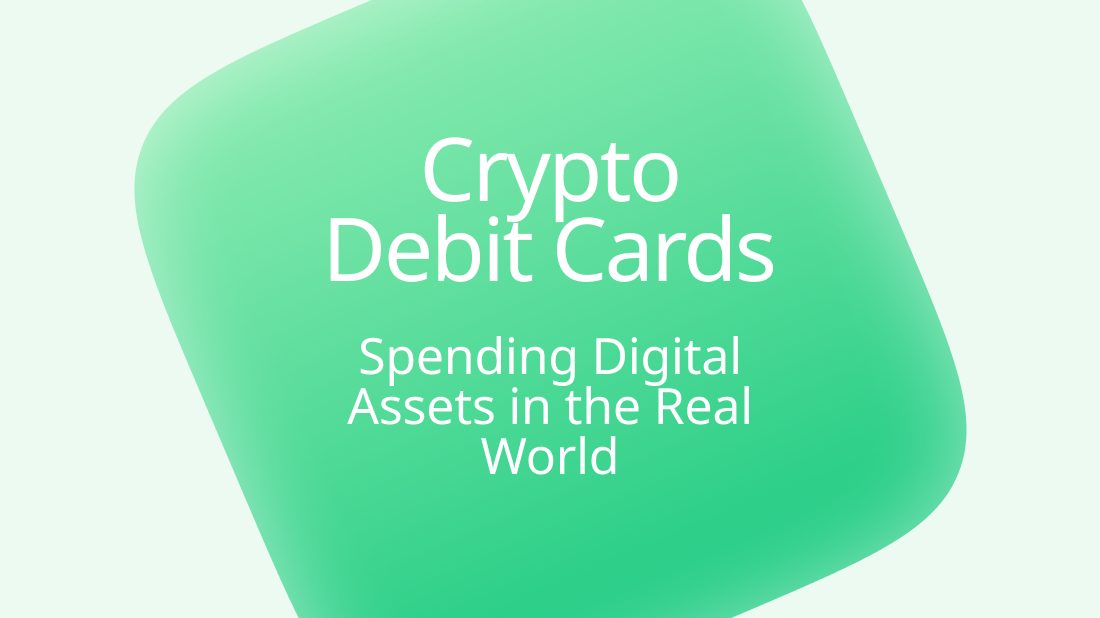Web3.0: The Decentralized Internet Revolution

In the dynamic landscape of the digital era, the internet has undergone significant transformations from its early days of static web pages to the dynamic and interactive platforms we know today. Now, a new paradigm is emerging – Web3.0, a decentralized internet revolution that promises to reshape the way we experience and interact with the online world. In this article, we will delve into the concept of Web3.0, exploring how decentralized technologies are paving the way for a more transparent, secure, and user-centric internet.
Understanding Web3.0: A Decentralized Vision
The term "Web3.0" represents the next phase in the evolution of the internet. Web1.0, characterized by static web pages, gave way to the dynamic and interactive Web2.0, where user-generated content and social media became the norm. Now, Web3.0 takes the decentralization concept to the forefront.
At the core of Web3.0 are decentralized technologies that aim to shift control from centralized entities to the users themselves. These technologies include blockchain, distributed ledger technology (DLT), and decentralized applications (DApps), among others. Web3.0 envisions an internet where users have greater control over their data, identity, and interactions, leveraging decentralized protocols to create a more open and inclusive online ecosystem.
Key Components of Web3 Technologies
Blockchain, the technology behind cryptocurrencies like Bitcoin and Ethereum, plays a central role in Web3.0. It provides a transparent and tamper-resistant ledger for recording transactions and data, eliminating the need for centralized intermediaries. Decentralized identity systems allow users to have more control over their personal information, enabling them to manage their digital identity without relying on a central authority.
Smart contracts, self-executing contracts with the terms of the agreement directly written into code, automate processes without the need for intermediaries. They are a key feature of decentralized applications built on blockchain platforms like Ethereum. DApps are applications built on decentralized protocols and blockchain networks. These applications operate without a central authority, offering users more transparency and security.
The Promise of Web3.0: A User-Centric Internet
In the Web3.0 paradigm, users have greater control over their data. Instead of tech giants monetizing user data, individuals can choose how their information is used and shared. Decentralized technologies, particularly blockchain, bring heightened security to the internet. The distributed nature of these systems makes them resistant to hacking and tampering, offering users a more secure online experience.
Web3.0 aims to foster interoperability between different platforms and services. Users can seamlessly transact and interact across various decentralized applications without the need for multiple accounts or logins. Tokenomics, a concept often associated with Web3.0, involves using tokens to incentivize user participation. Users can be rewarded with tokens for contributing to a decentralized network, creating a more engaged and participatory online community.
Challenges on the Road to Web3.0 Adoption
The transition to Web3.0 involves the adoption of complex technologies, which may pose challenges for mainstream users who are accustomed to the simplicity of Web2.0. The decentralized nature of Web3.0 introduces regulatory challenges, and governments around the world are grappling with how to regulate and navigate a decentralized internet. The integration of Web3.0 technologies with existing systems and infrastructures requires careful planning, as legacy systems may need to adapt to the decentralized paradigm.
Interesting Facts About Web3.0
The term "Web3.0" was first coined by John Markoff of The New York Times in 2006. It has since evolved to represent the vision of a decentralized internet. Many aspects of decentralized finance (DeFi), including blockchain and smart contracts, align with the principles of Web3.0. DeFi projects leverage decentralized technologies to transform traditional financial systems. The boom of non-fungible tokens (NFTs) is closely tied to Web3.0. NFTs, often representing ownership of digital assets, showcase the potential for decentralized technologies in the creative and digital realms.
Conclusion: Shaping the Future of the Internet
Web3.0 represents a transformative vision for the internet, one that empowers users, prioritizes data ownership, and leverages decentralized technologies for a more secure and transparent online experience. As we navigate the complexities of adoption and address the challenges, the decentralized internet revolution holds the promise of reshaping the very fabric of our digital existence.
In the journey towards Web3.0, users are not just consumers of content; they are active participants in a decentralized ecosystem where control, privacy, and security are paramount. The decentralized internet revolution is not merely a technological evolution; it is a shift towards a more user-centric, open, and inclusive online world. As we embark on this journey, Web3.0 stands as a testament to the ever-unfolding potential of the digital frontier.

